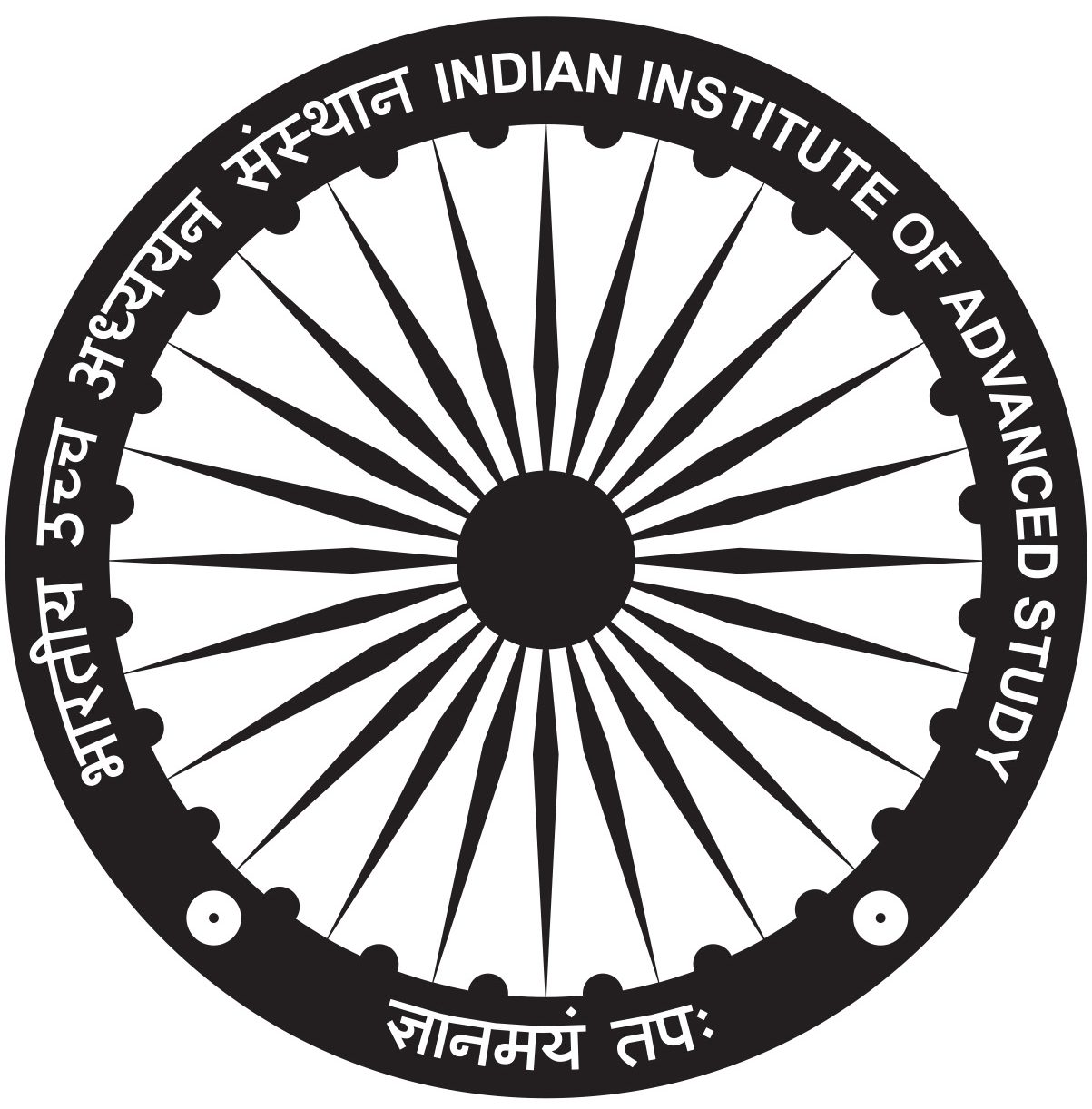Date/Time
Date(s) - 19/03/2020
3:00 pm - 5:00 pm
Location
Seminar Hall
Categories
STAGING FEMINISMS: GENDER, VIOLENCE AND PERFORMANCE IN CONTEMPORARY INDIA
In this book project, I explore the question of how feminist beliefs are enacted within an artistic context. This study addresses a number of contemporary performances as case studies. This leads me on to the reading of the vastly different kinds of performance ranging from one-woman performance; interactive forum theatre, street plays, and the urban proscenium stage all underscore the impossibility of subsuming Indian performance practice under a uniform frame. The practitioners chosen are necessarily selective; their performances explicitly tackle issues of violence. The intersection of violence, gender, performance, and power is investigated through these interventionist performances. The following are the chapters of the book:
1. Introduction
2. Feminism and Folk Epic: Draupadi, Dharma, Performance, and Protest in TeejanBai’s Pandavani
episodes “DraupadiVastraharan” and “DushasanVadh.”
3. Community Theatre: Performance as Radical Cultural Intervention in SanjoyGanguly’s “Sarama”
and ShilpiMarwaha’s “Dastak.”
4. Urban Proscenium Stage: Volatile Bodies, Celebratory Protests in Maya Krishna Rao’s “Walk”
and Usha Ganguli’s “Hum Mukhatara.”
5. Conclusion
The chapters engage with the people involved in theatre, with history, genre, subjectivity, agency, character, performer, audience and the collaborations which theatre entails among all those involved. The book will be attentive to the four layers of a performance event:
History of the genre.
The performer and the Pre-production stages of performance. The performance event. Post-production appraisals.
This work will then employ the two types of analysis reporting and reconstruction mentioned by Pavis (1997). By reporting analysis, he means seeing the performance ‘from within,’ in the heat of the action, detailing and impact of the events, experiencing there and then everything that moves the spectator. Reconstruction-analysis is particularly concerned with the study of the performance’s context and nature and extent of this context or contexts.The research questions that drive this book embeds these questions, but also extends them:
How does theatre rescripts rape/gendered violence in differently, empowering ways?
What does it mean for performance to be having an empowering presence and how does embodied
presence become a political act? How does performance take responsibility and what might it reveal to a sympathetic audience? Could it allow us to craft an ethical, contemporary response to the rape’s representations? How have changes over time in the general sense of the tag “feminist” influenced the ways we might recognize theatre and performance work that clearly recognizes as such – or that declines to be labeled as such? Are such performances feminist? And if so, according to whose standards – theirs or someone else’s? Do the performances generate an in-between space, which demands a self- reflexive approach? My purpose is not to provide definitive answers to these questions but rather to consider the affective power of performance, to explore how performance enacts the balance between representing women as victims and responds to violence ethically and with efficacy. These performances are not fashioned out of a scripted text/playscript but are based on ‘event’ even if it is based on some previous text as in the case of Pandavani(sourced from the Mahabharata) these performances are primarily improvisatory, and the process of embodiment is experienced and empathized by the actor and the audience alike.
